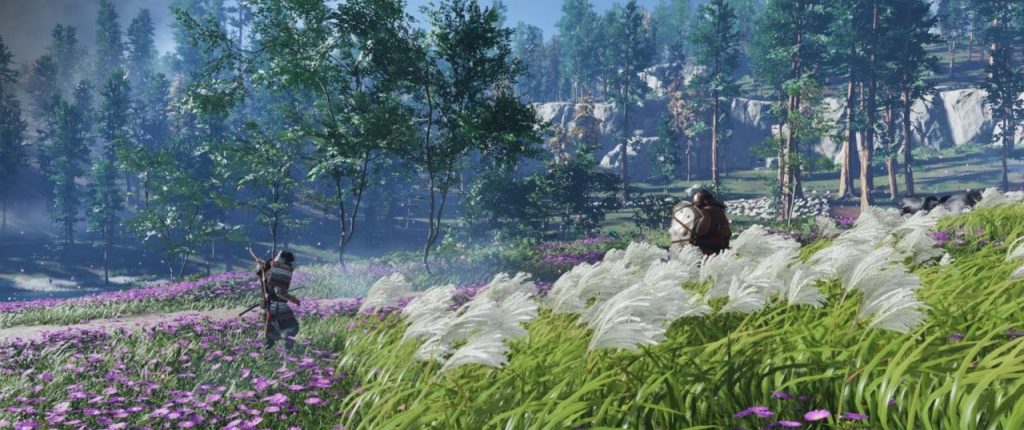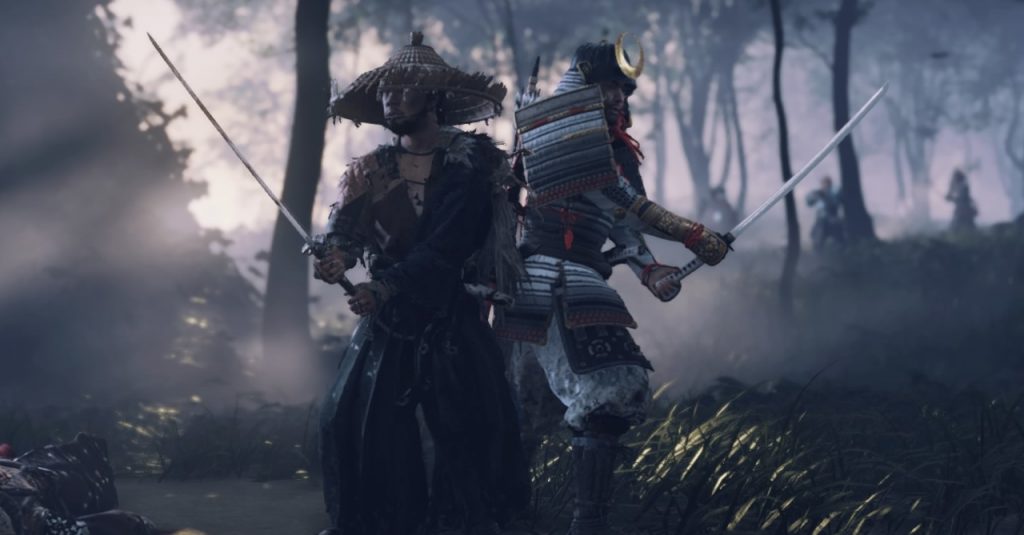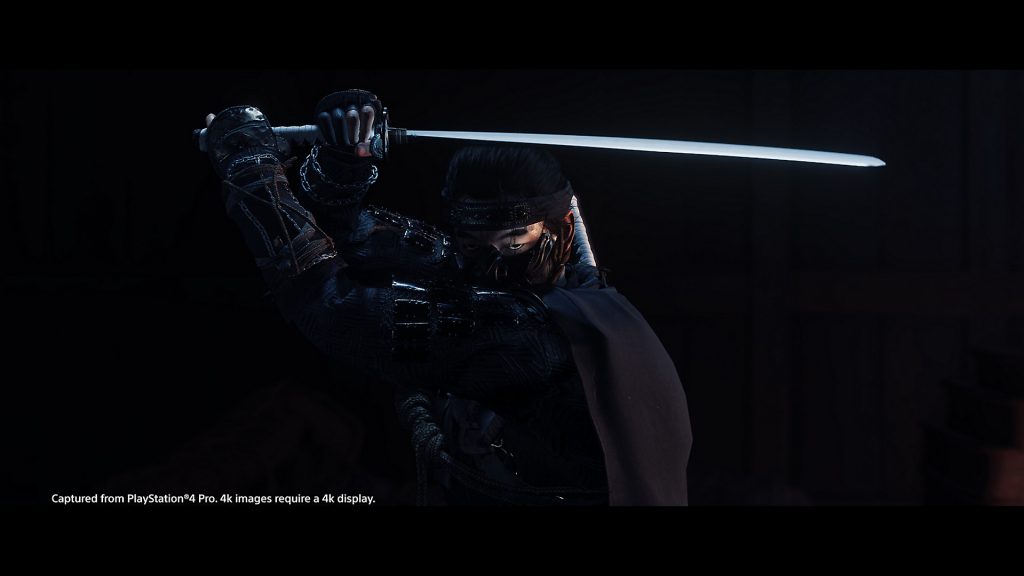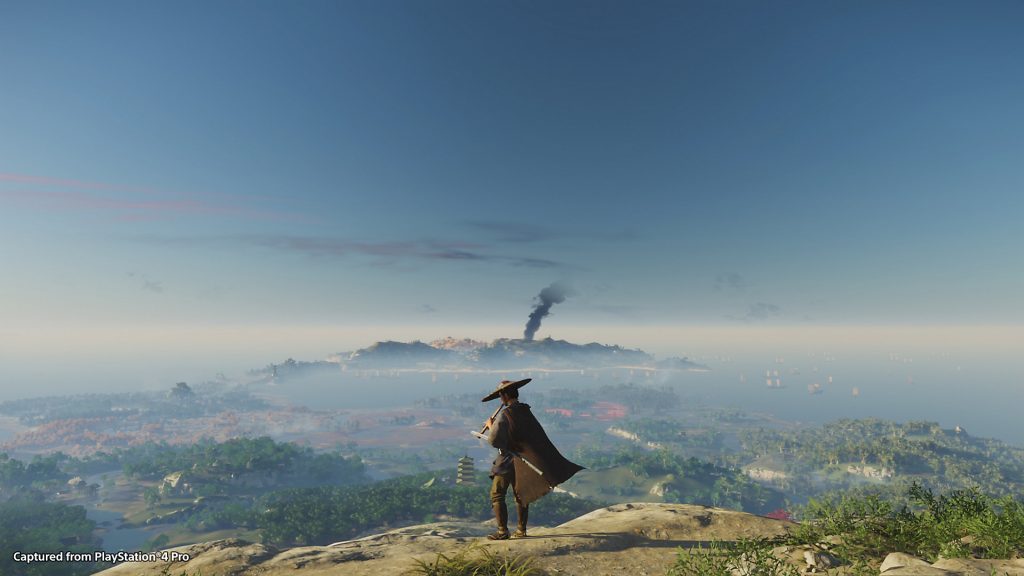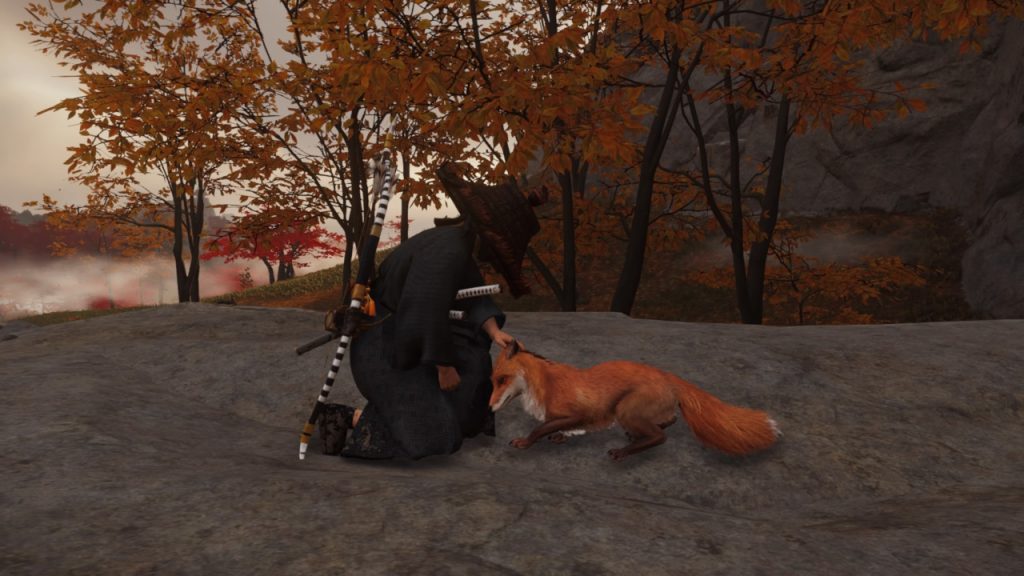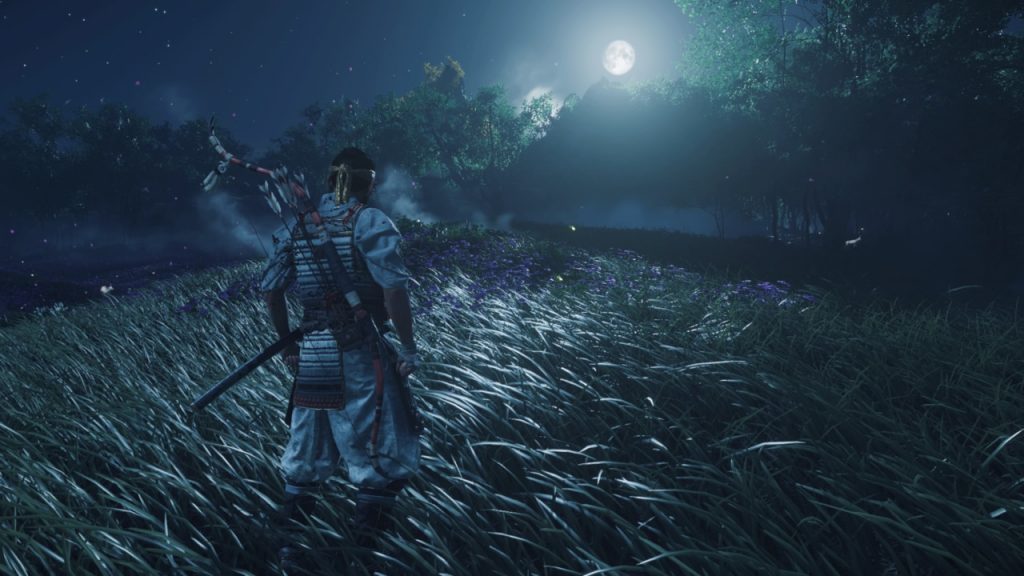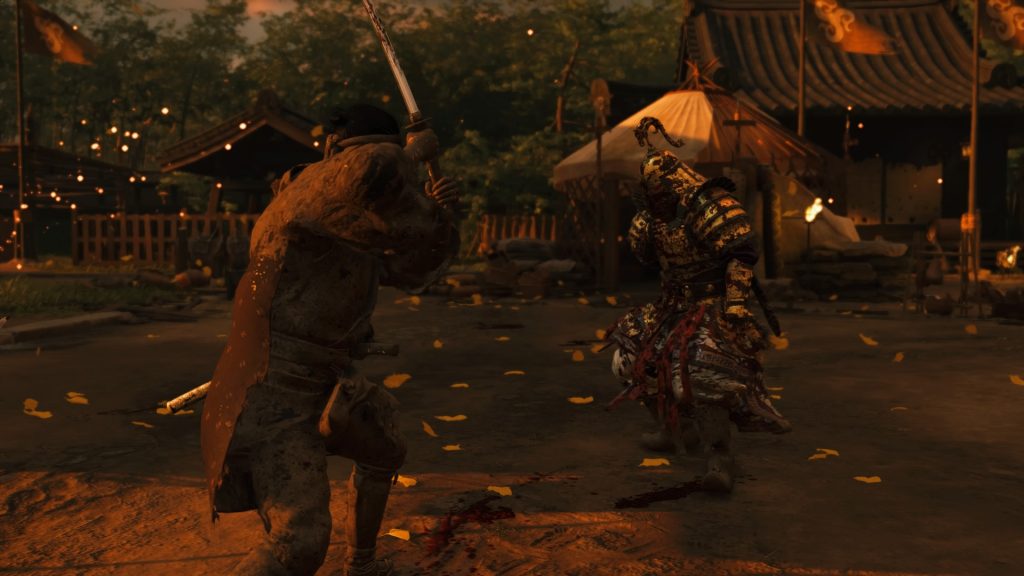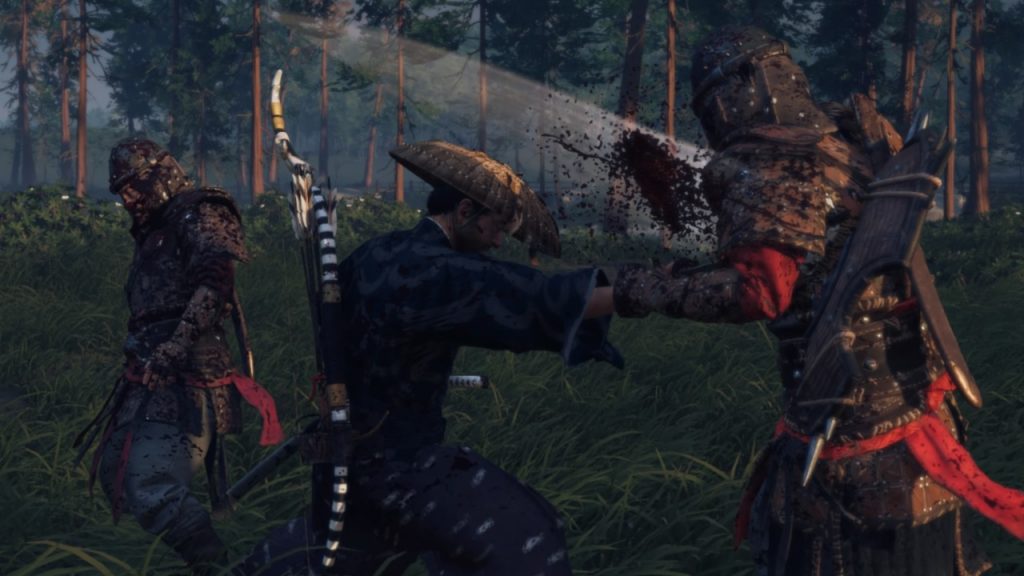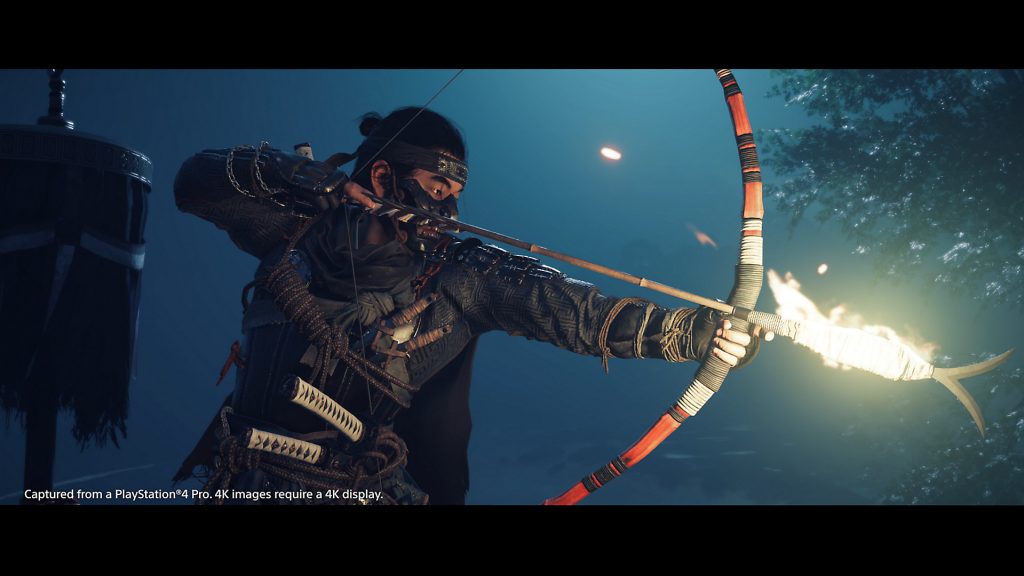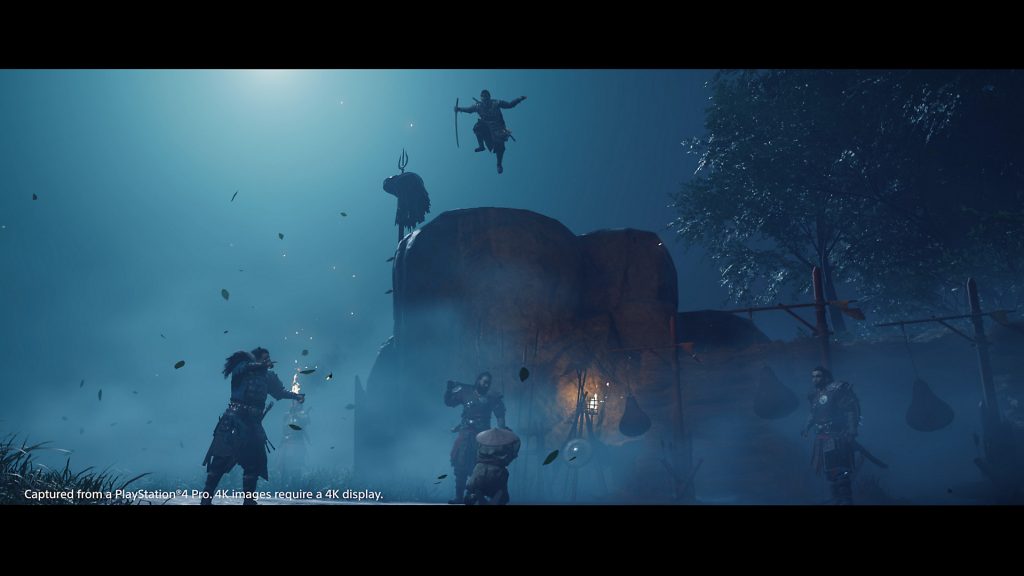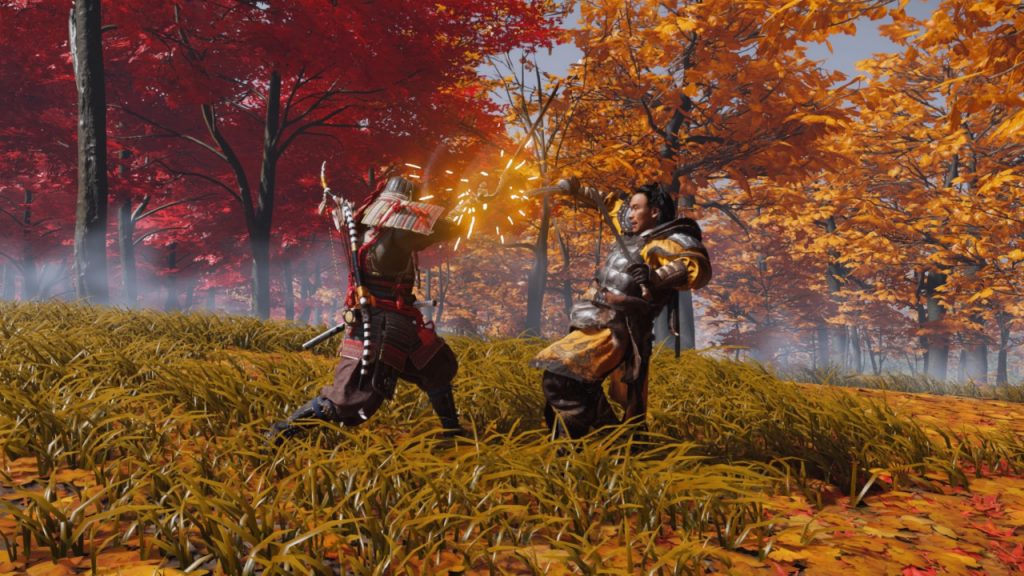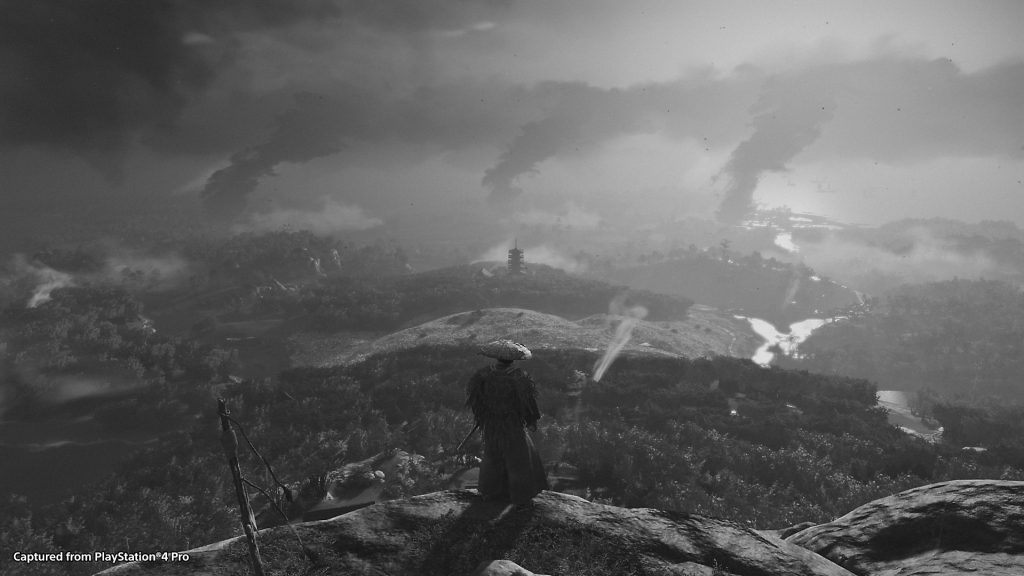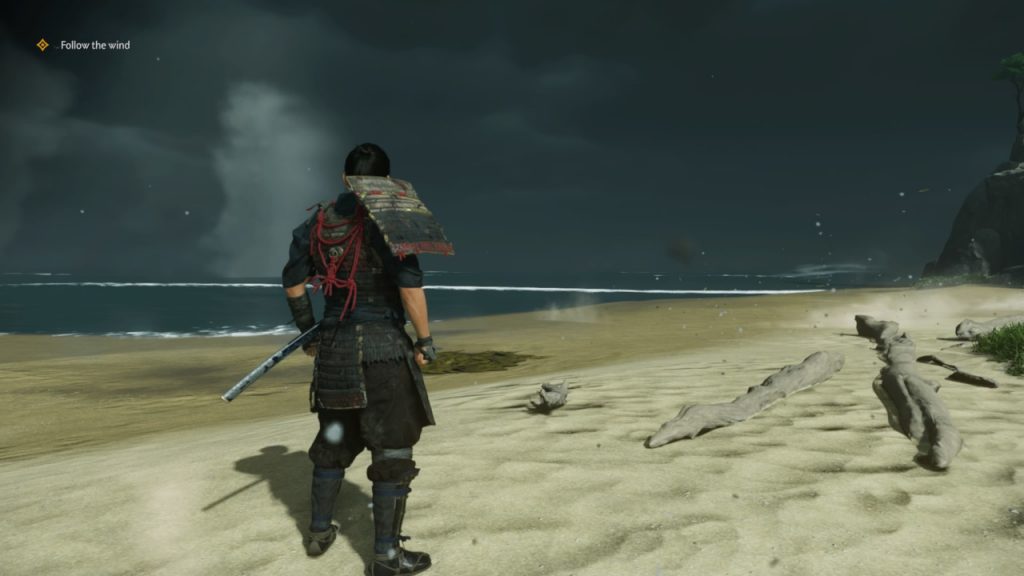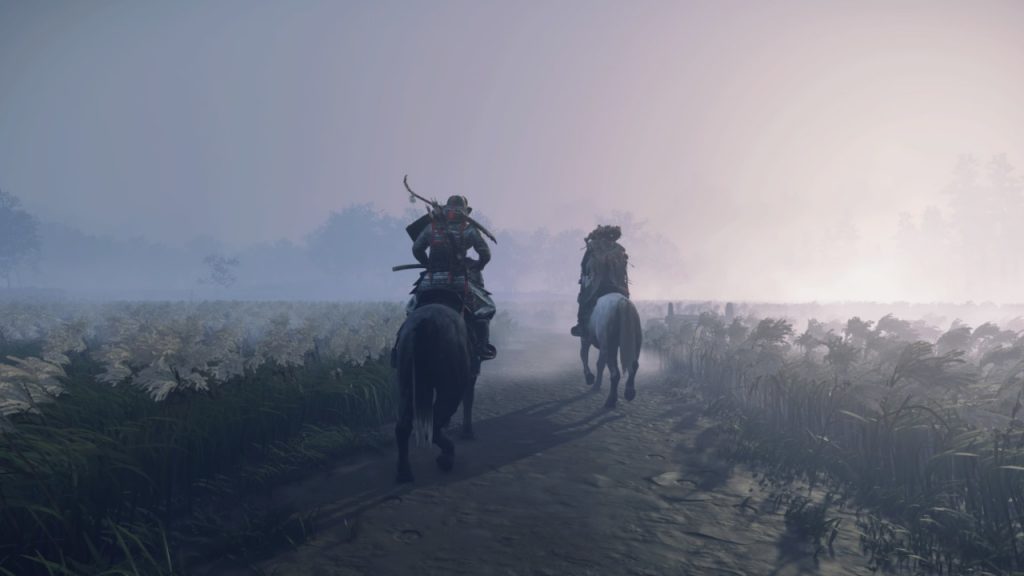Ghost of Tsushima Review | A Step Above Your Standard Open World
A great send-off for the PS4 era.
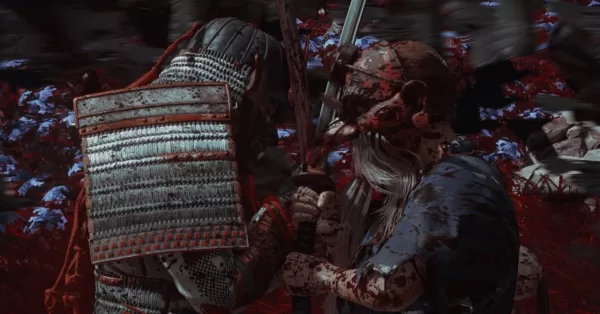
Ghost of Tsushima is an exciting game for many reasons, one being it is a new IP from Sucker Punch Productions, a studio that has pretty much only made InFamous games over the past decade. While the InFamous series is well-regarded, now is definitely the time for something new from the Bellevue-based studio. Though aside from being a new IP, Tsushima is the last major PS4 exclusive. This is interesting as Sony has an incredible track record with late stage console exclusives; think God of War II for the PS2 and The Last of Us for the PS3.
More importantly, Ghost of Tsushima is a samurai game. While we’ve had no shortage of samurai games on the console with last year’s Sekiro and this year’s Nioh 2, what makes Tsushima stand out is that it’s a game more grounded in history. While Sekiro and Nioh have players face massive monsters straight out of Japanese folklore, Tsushima puts players in the role of Jin Sakai, one of the last remaining samurai in Tsushima island who must defend his home from Mongol invaders during the first Mongol invasion of Japan in the 13th century.
In his quest to vanquish the near-insurmountable Mongol horde, Jin undergoes a transformation from an honorable samurai to the fearsome Ghost of Tsushima. Of course, he cannot liberate the island alone, he must gather key allies from all over Tsushima to fight against the Khan.
A Focus on Characters
When it comes to storytelling, some games like Horizon Zero Dawn feature a rich world with a riveting story, while titles such as Death Stranding aim to convey a strong theme. While Ghost of Tsushima also has an interesting world and a central theme, the highlight of the game is no doubt its handling of characters.
Accompanying Jin in his quest to defend the island is a colorful cast of characters, each of which have their own distinct personalities as well as reasons for fighting. Their evolving relationship with Jin, as well as their own oftentimes tragic struggles are just captivating to see, so much so that I’d recommend finishing their series of side quests before making progressing to deep into the game’s main story.
While the characters are great complements to the game’s main character, it is Jin Sakai that’s very much the star of the game. Jin’s transformation from an honorable samurai to becoming the Ghost of Tsushima is incredibly compelling and well-developed. Even though the events in the game’s story may not have lots of twists and turns, Jin’s own journey results in a number of powerful and memorable moments.
I can say for certain that Tsushima executes the development of its main character and supporting cast perfectly, though it does not have a perfect story. For one, there are some events in the tale that can feel a bit too convenient. A bigger issue though is that the game’s third act does fall a bit flat, especially when compared to how strong the first and second acts are. While the game still ends on a strong note, getting there isn’t the most amazing ride.
Still, even with the minor missteps, Tsushima overall has an absorbing story to tell, and that’s thanks to how well Sucker Punch wrote the game’s cast of characters. Another reason why the game’s story is a highlight is that it gets players to journey through the game’s open world.
A Well-Realized Open World
Games with massive open worlds to explore have become quite common, though the problem with some of them is that they seem to feature an open world just for the sake of having one, complete with various distractions spread all over the map that can seem like part of an obligatory checklist for players to complete. Of course, we have seen games that have pushed the boundaries of what an open world title can be, including the likes of Breath of the Wild or Red Dead Redemption 2. So does Ghost of Tsushima also bring something new to the table like these aforementioned titles? Well, sort of.
Tsushima may not have the unparalleled freedom of exploration in Breath of the Wild, nor the minutiae of Red Dead Redemption 2, though it does have the unique Guiding Wind mechanic. Unlike in other games where you follow a floating marker that guides you to an objective, Tsushima instead lets you call upon the wind (by swiping up the touchpad) to point you to your selected location. In practice, it doesn’t really differ much from your usual waypoint, but it does feel more integrated into the game’s world. The Guiding Wind is not the only feature that’s a seamless fit though, nearly every element of the game feels like a part of a whole, be it collectibles or side quests. And that is what makes Tsushima stand out compared to other games in the genre.
At its core, Tsushima contains a lot of “distractions” all over the map similar to other open world games, but they’re much better integrated into the game’s world, thanks in large part to the fact that not only do you get rewarded upon their completion, they’re steeped in Japanese tradition. Take Fox Shrines for example; these can be found all over the island and activated, allow players to collect more charms that aid in combat. Instead of being arbitrary objectives to be completed though, they manage to feel like organic parts of the world; after all, foxes are the messengers of Inari, the kami (spirit) of prosperity and success in Japanese folk religion. Another example is the Bamboo Strike, a mini game that increases a specific combat stat. Historically, samurai engage in tameshigiri, where they test the quality of Japanese swords and train their skills by cutting bamboo in one strike, making these Bamboo Strike locations feel very much part of the world. Even the obligatory enemy camps make more sense in this game; after all, Tsushima island has been invaded by the Mongols.
Shrines and landmarks aren’t the only reasons to explore Tsushima island. Exploration also allows you to discover various quests, most of which enhance the game’s main story. Though the highlight of the game’s optional content is no doubt the collection of Mythic Tales. While most side quests involve helping peasants against the Mongol invaders, Mythic Tales are sort of playable legends that offer memorable stories and dazzling visuals, all while serving as complements to the game’s main ‘legend’ of how Jin becomes the Ghost. Without going into spoiler territory, I highly recommend playing through Mythic Tales whenever you get them in the game.
Whether you’re discovering the game’s various landmarks or playing through the game’s quests, you’ll inevitably find yourself in combat against different kinds enemies. As with most titles, combat is the backbone of the Ghost of Tsushima, and in this regard, the game does not disappoint.
Stylish and Satisfying Combat
As a samurai, Jin Sakai is proficient with the blade, and for players, that means Jin’s katana is one of the key weapons that must be mastered in combat. Pressing the square button has Jin execute a light and fast swing, while triangle is used for heavier and stronger attacks. While spamming the light attack may work with low-level enemies, as the game progresses, enemies begin to block which can leave you open to attacks. To break an enemy’s block, heavy attacks must be used to break a foe’s stagger meter; when this happens, enemies become open to attacks. Aside from breaking an enemy’s stagger meter, you can also dodge attacks with circle or parry attacks with L1, both of which can leave enemies open to a counterattack.
While enemies can be quickly dispatched when faced alone, for the most part, you’ll be battling groups of Mongols. This means you’re pretty much on your toes during encounters as you’ll have to dodge or parry incoming attacks while engaged in combat with another enemy. Then there’s the fact that groups of enemies aren’t all equipped with swords; some have spears, while others have massive weapons that can’t be parried. To give you a fighting chance against these different enemy types, Jin can use one of four stances (reminiscent to stances in Nioh 2), with each stance having slightly different combos which are effective against certain types of enemies.
Mastering the game’s base combat is important, especially as enemies hit hard, even in normal mode. But make no mistake, this isn’t a Souls-like game in terms of difficulty, and that’s thanks in part to the resolve system. Basically, you gain resolve by successfully parrying or taking down enemies; resolve can then be used to heal, as well as use certain abilities (It’s sort of similar to the Focus bar in Marvel’s Spider-Man). Thanks to the resolve meter, even if you get caught out, you won’t automatically get a game over screen if you remember to heal. With this resolve system, coupled with the fairly forgiving parry and dodge timings (at least compared to Sekiro), I didn’t find the game’s medium difficulty to be that tough. While the medium difficulty still gave me a good challenge, if you’re used to Souls-like titles, you’ll have to bump up the difficulty to hard for a better experience.
Going by its katana combat alone, Ghost of Tsushima is already satisfying gameplay-wise, but that’s not all there is to the game. Aside from having a sword, Jin also has a bow which can be used to pick-off enemies before or even during combat encounters. There’s also the standoff mechanic where players can opt to challenge enemies to open a fight; in these standoffs, you must wait for the enemy to attack before letting go of the triangle button for an instant kill. Not only is this stylish, you can chain multiple kills in standoffs once you unlock certain abilities, meaning you’ll face off against fewer enemies in skirmishes after a successful standoff.
Then there’s the stealth. Instead of facing enemies head on in honorable combat, players can opt to silently take out enemies using either the bow, or with the tanto (short sword) from up above or behind. To further aid in stealth, Jin packs several “ghost” weapons/items, including firecrackers to distract enemies, as well as smoke bombs to make a quick getaway.
‘Ghosting’ a mission or an enemy camp is satisfying, though doing so is not particularly tense or challenging. For one, enemies in the game can be quite dumb in how they won’t spot you quickly enough or alert everyone smartly, meaning taking a quiet approach isn’t as heart-pounding as, say Metal Gear Solid V or The Last of Us 2. Also, when you get discovered, you can always just face enemies head on, as you can pretty much handle them given all the tools at your disposal.
Even though the stealth action in Tsushima is just okay, it’s only one part of the game’s combat system. While each element of the game’s combat may not exactly put anything new to the table, they all combine for a system that’s incredibly satisfying, so much so that I did not get tired of it one bit even after playing through the game’s 40-50 hour runtime (that includes doing most of the side quests and optional content, but not everything). This is because of how responsive it felt to play, as well as how beautiful and stylish it looked.
Beautiful, but there are Issues
Whether fighting a small group of bandits or a large Mongol force, Ghost of Tsushima is stunning to see, even on a base PS4. The game’s combat just oozes with style, so much so that nearly every encounter is like a samurai highlight reel. The game’s combat isn’t the only beautiful thing to behold though, the game’s open world is also absolutely stunning thanks to bold colors and dramatic lighting. Even without the bright colors (when you use the black-and-white Kurosawa mode), Tsushima is still stunning.
To achieve the game’s incredible graphical fidelity though, some sacrifices were made. For one, there were times that the game’s framerate dipped to below 30 FPS; this usually happened when up against a large group of enemies, or in areas where there are a lot of particles. While the dips in framerate were quite noticeable in my eyes, they did not happen often enough to hamper my enjoyment of the game’s combat much. For PS4 Pro users, the game should with a much more stable framerate, at least in the Better Frame Rate mode (as tested by our team).
Stuttering isn’t the only issue I faced in Ghost of Tsushima though, there were also some visual hiccups while travelling through the world, as well as janky animation in some stealth segments. Plus, some parts of Tsushima island (especially those near bodies of water) can look a bit flat and dull when compared to how beautiful most of the areas are.
While none of these were big enough issues to ruin my experience, they can break the immersion at times. Of course, I noticed these issues in the early version of the game, meaning Sucker Punch may be able to fix these in future patches. But for now, expect a couple of technical hitches here and there.
Final Verdict – 8.5/10
Did Sucker Punch deliver with their first new IP in over a decade? They most definitely did. Ghost of Tsushima may not bring any massive innovations to the genre, nor is it as daring as the PS4 exclusives that preceded it (like Death Stranding or The Last of Us 2); but what it does have is a well realized open world that feels organic, with elements that feel very much part of the island, both in terms of lore and aesthetic.
Exploring this world isn’t the only rewarding thing about Ghost of Tsushima though, the game’s combat is also a highlight. Even if the combat may not seem that complex at first, it has enough style and substance to make it feel satisfying and fun, even until the final quests. Finally, the game absolutely nails the development of its characters, making for a lot of memorable moments at key points in the story.
There are some things that hold back Ghost of Tsushima from being a truly stand-out game though, one of which is a weak third act. Another is the fact that there are technical issues in the game. While these may hamper the experience a bit, they at least don’t ruin the experience as a whole.
Overall, Tsushima is a great game that’s a step above your average open world action title. While there are some faults, they’re still overshadowed by all that the game does well. Thanks to this, I consider Ghost of Tsushima as a great send-off to the PS4 era.
*This game was reviewed using a PlayStation 4 Slim via a review copy sent by Sony Interactive Entertainment Singapore.


